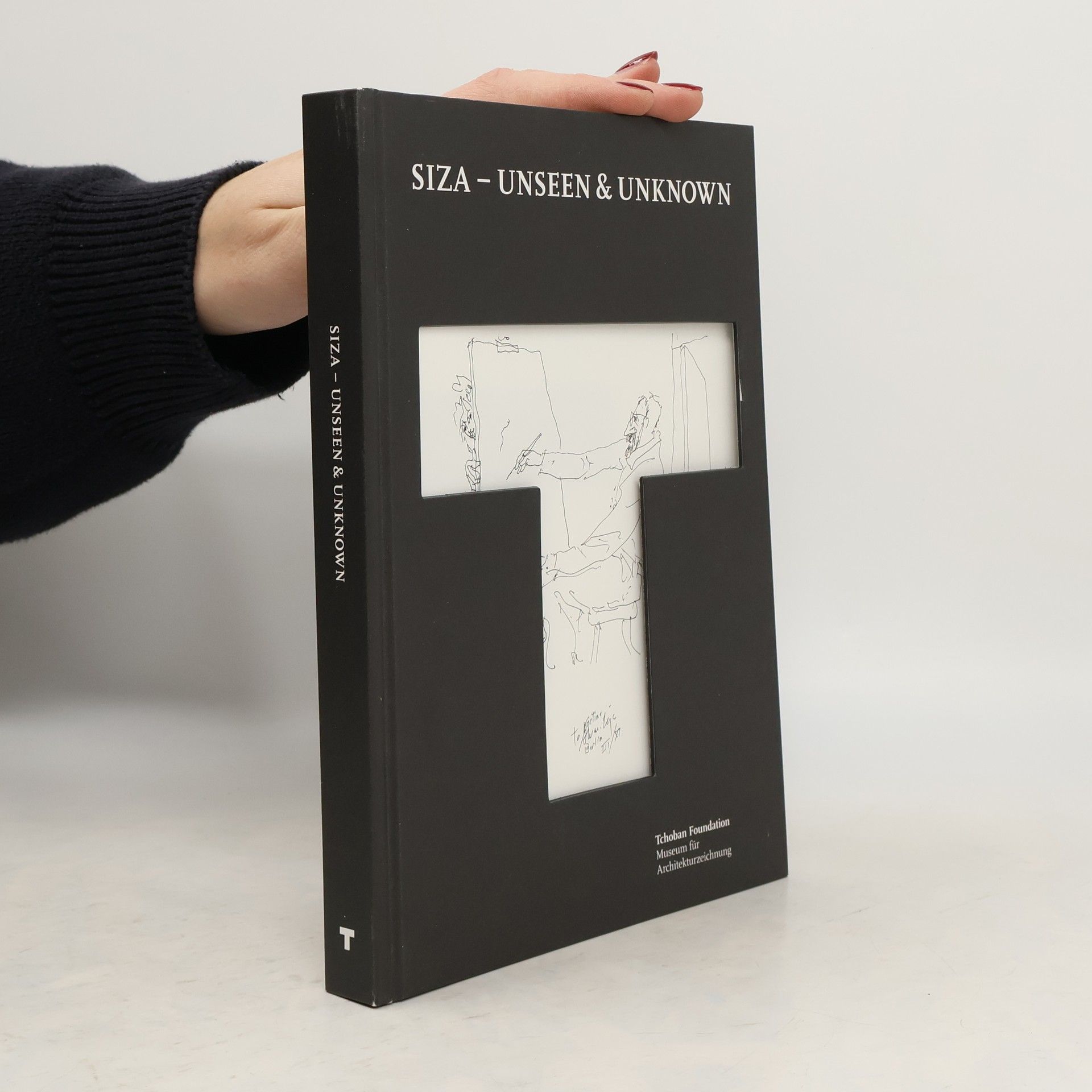Álvaro Siza was awarded the Pritzker Prize for his life's work in 1992 and is one of the most renowned contemporary architects. Amongst many accolades, he received the Golden Lion at the Venice Biennale of Architecture in 2002 and 2012. The current exhibition at the Museum for Architectural Drawing provides an intimate view into Siza's work, illustrated by sensitive and playful sketches that contrast with the monumentality of his buildings. Drawings by his late wife, Maria Antónia Siza, are also on display for the first time to a wider public, as well as drafts by his son, Álvaro Leite Siza, and grandson, Henrique Siza. The drawings are from the Siza family's own collection and include sketches from known and less well-known projects, as well as architectural fantasies.
Álvaro Siza Vieira Book order
Álvaro Siza Vieira is an architect whose works are internationally known and admired. His creations stem from a profound understanding of place and context, which he imbues into every project. Siza Vieira is characterized by a delicate sensibility for detail, materials, and light, crafting spaces that are both functional and poetic. His approach to architecture is grounded in meticulous craftsmanship and a constant search for harmony.
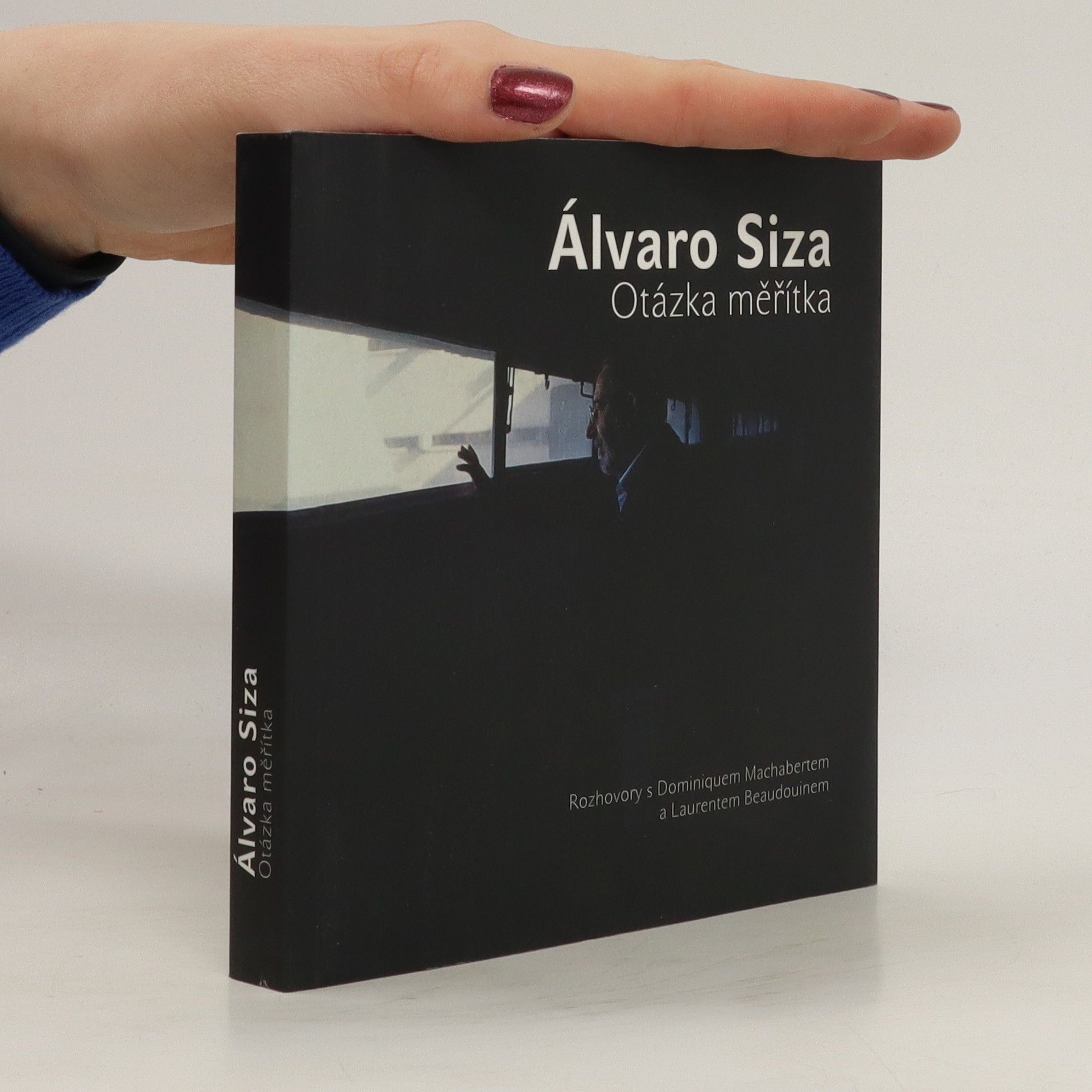


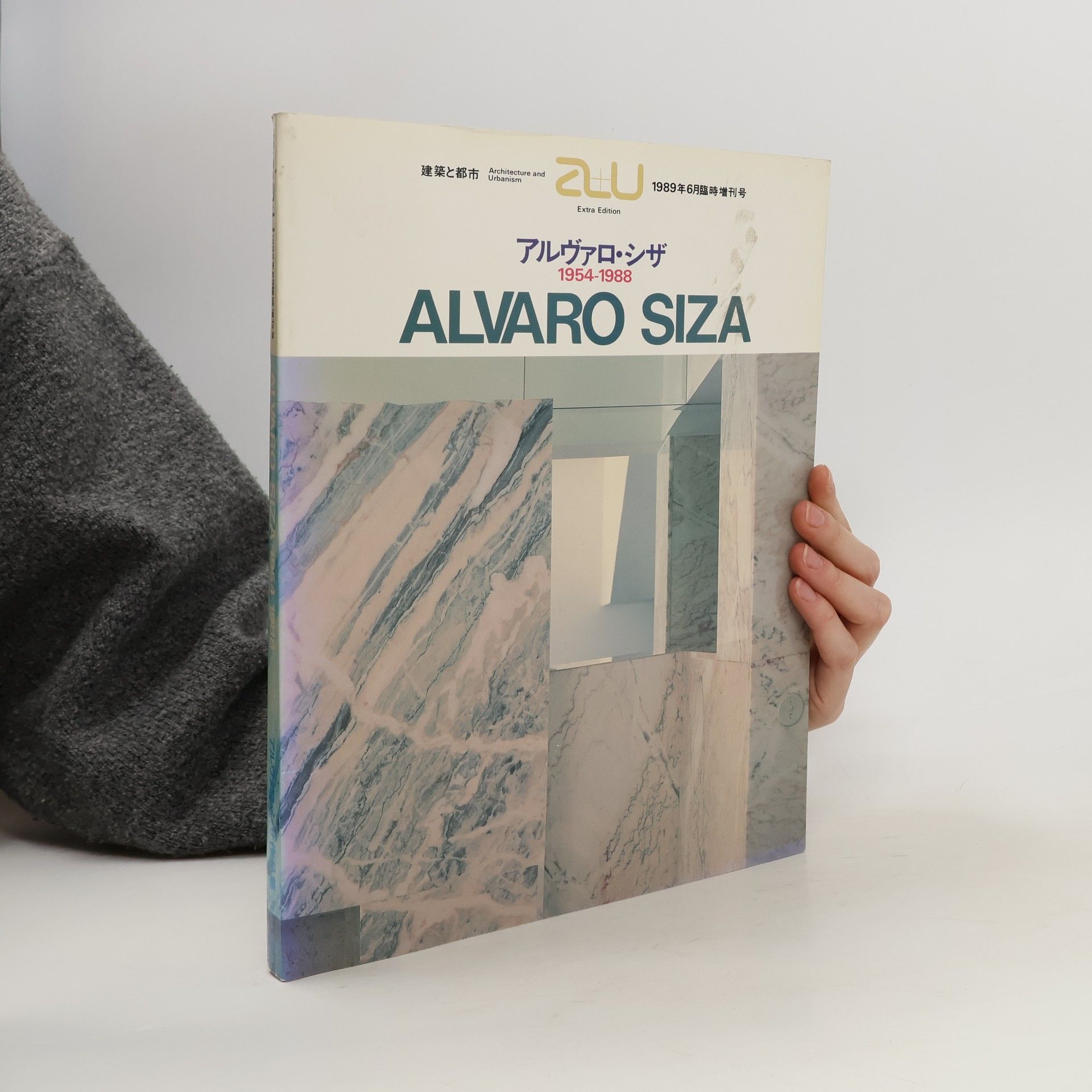
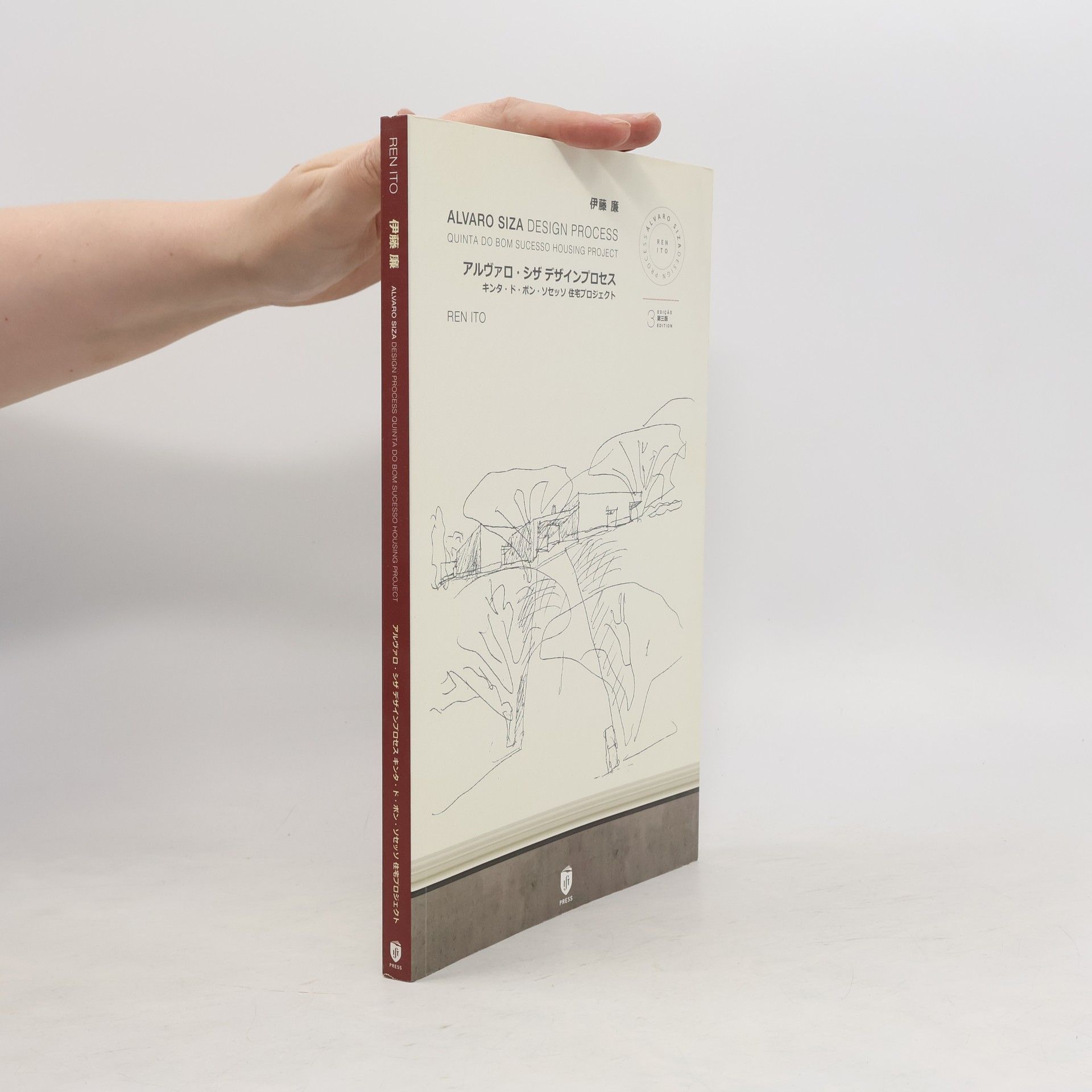
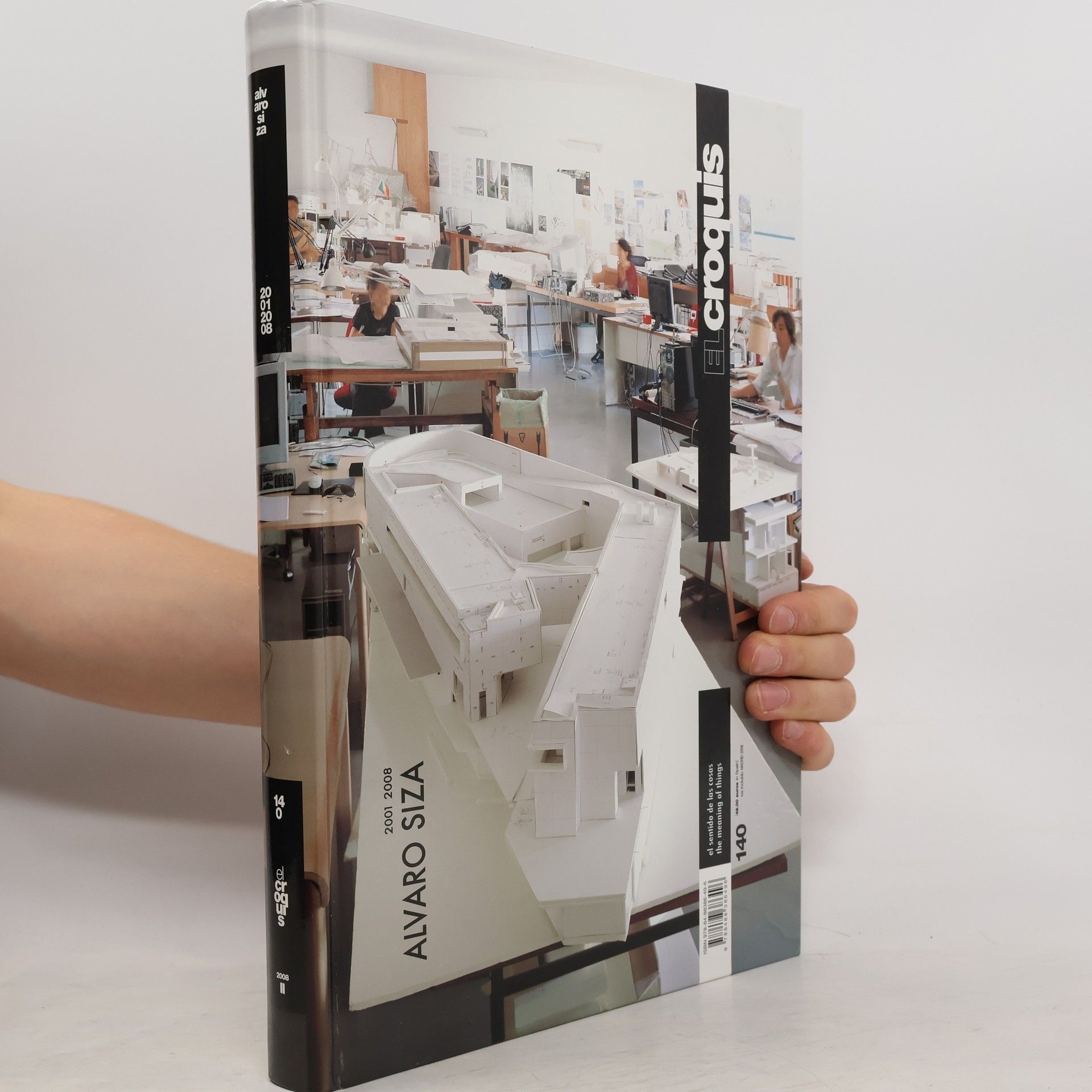
- 2019
- 2013
- 2013
Otázka měřítka
- 346 pages
- 13 hours of reading
Během rozhovorů, které proběhly v letech 1977 až 2005 a které jsou zde sesbírány, Álvaro Siza komentuje své projekty. Jsou zde zahrnuty všechny jeho důležité projekty včetně těch, které nebyly realizovány. Počínaje sociálními ubytovnami, realizovanými těsně po karafiátové revoluci 25. dubna 1974, až po Nadaci Camargo v Brazílii otevřenou v roce 2008. V rozhovorech objasňuje studie a poznámky k jednotlivým projektům. Rekonstrukci čtvrti Chiado v Lisabonu po požáru v roce 1988, urbanistický plán centra města v Montreuil, muzeum v Santiagu de Compostela... Tato kniha také vypráví příběh jednoho setkání, které se uskutečnilo před třiceti lety a nebylo nikdy přerušeno. Protínají se zde pohledy spisovatele a novináře Dominiqua Machaberta a architekta Laurenta Beaudouina. Kromě svých realizací se zde Siza zmiňuje také o lidech, kteří mu jsou drazí, a o své vlasti – Portugalsku. Jedinečná příležitost dozvědět se více o myšlenkách velkého současného architekta.
- 2008
Overzicht van het werk van de Portugese architect (geb. 1933) met interview en biografie.
- 1998
Álvaro Siza
- 79 pages
- 3 hours of reading
- 1986
Professione poetica
- 188 pages
- 7 hours of reading
